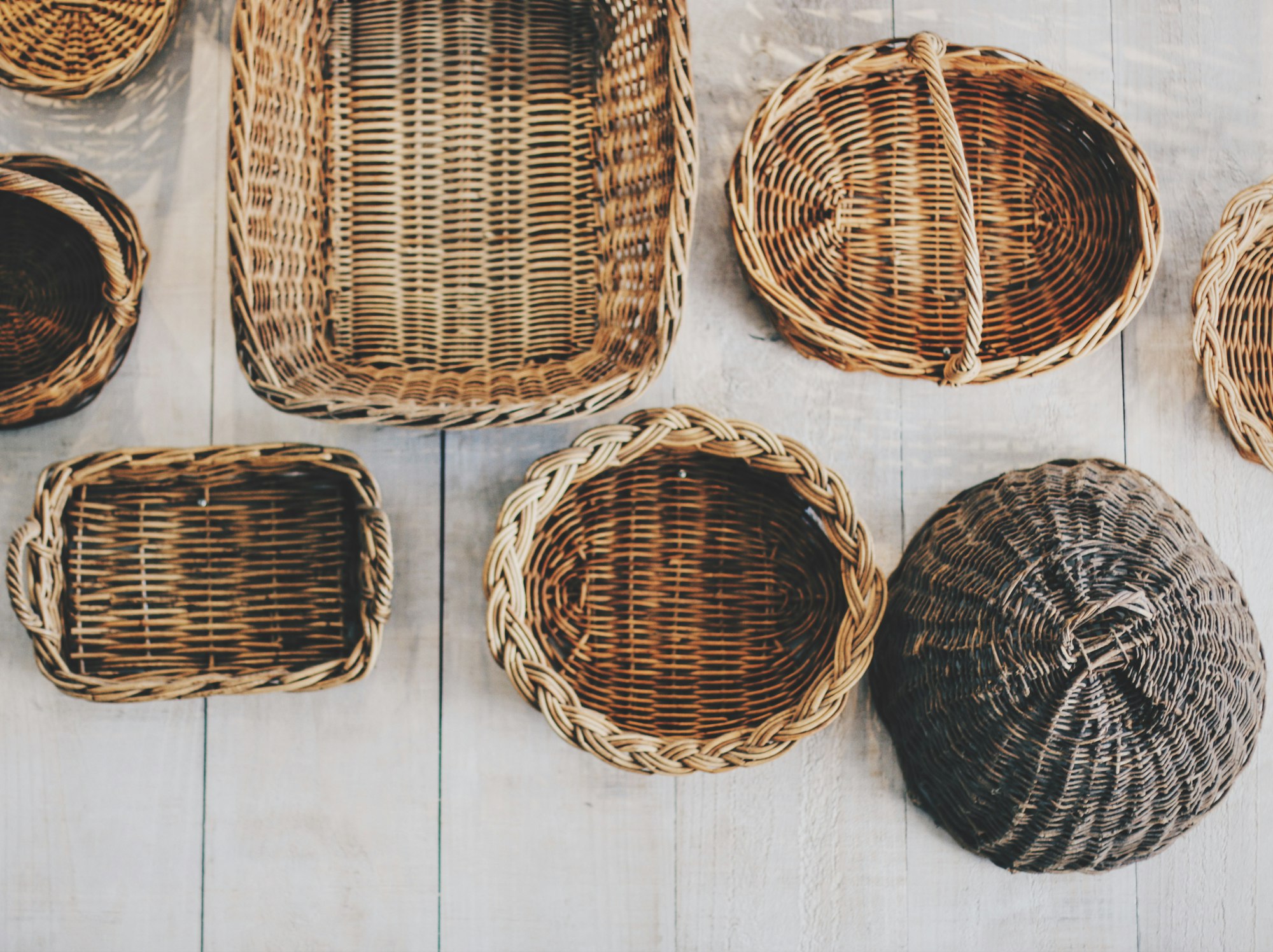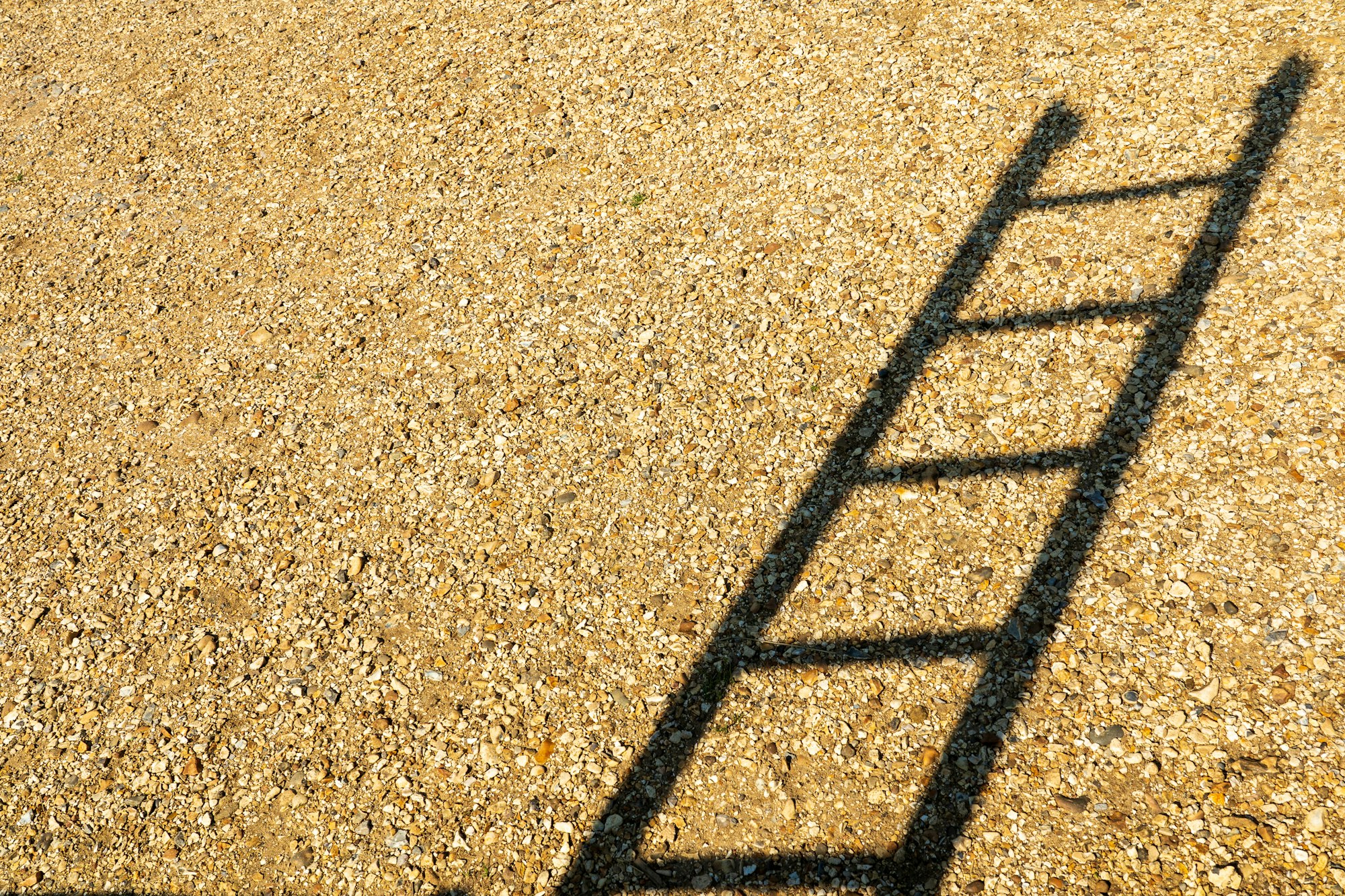X: Dibble
On the haphazard turning of the seasons.
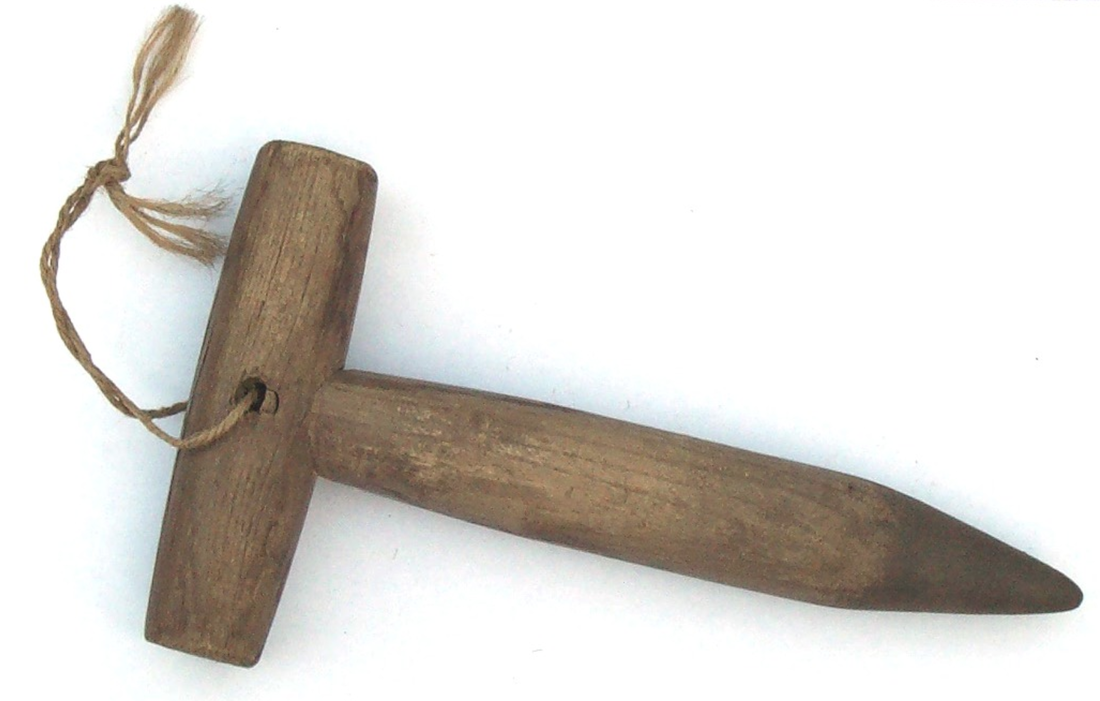
Good morning. Today is décadi, the 30th and final day of Ventôse, indeed of winter, for the Year CCXXXI. We celebrate le plantoir, a tool for planting.
Winter is the season that lets go with the least amount of grace. While spring technically begins tomorrow according to planet's orbit, springtime is a state of mind that gradually pushes through the final cantankerous spits of winter's sleet and shivers. The cold might recede in a timely fashion, or it might linger into April, or it might turn tail in February and leave everyone worried. Winter keeps no schedule.
While I understand the French government's somewhat egotistical decision to align the "new year" with the dawning of the revolutionary government – which happened to coincide-ish with the autumnal equinox – I'm sure everyone in every culture would agree that if we were resetting the "start" point of a new year, the spring equinox is the logical decision. Spring is all about starting, and waiting for the right time to begin new activities, new life, a new year.
I feel like the dibble appearing here at the very last moment of winter is a testament to this reality. We already saw a spade twenty days ago, so the dibble could have naturally followed as the next tool. Turn the soil, then plant the seeds. But twine jumped up in between, like a reaction to bad weather, a reminder to batten down hatches.
One of the times when our silly Gregorian calendar has bothered me the most was when I saw the results of this YouGov poll:

For starters, people's preferences are obviously based on seasons and holidays more than the arbitrary divisions of the months. But look at the hidden result, the one they missed in the headline of "people love December and hate January": March got the least amount of attention at all.
I'd argue that this collective indifference is the real winner of any "worst month" poll, and that the French months would have starkly clarified a few things. It's impossible to know for sure, but I believe that of the winter months, the Christmas bump would have saved Nivôse as it did December, the true ire at winter's cold would have been reserved for Pluviôse, gathering up all those negative January and February feelings, and Ventôse would have sat there like a leaden rock, utterly ignored, not even picking up the small residual "at least spring started" love that March kind of gets.
This is a month of waiting and anticipating. It's impossible to know what its winds will bring, so you wait until the last second to plunge the dibble into the ground and plant the seeds of this year's eventual harvest.
Let's talk about the dibble quickly. It's the sexiest tool. I mean that literally. Life procreates life, in general, by contriving to push one thing into another thing, and the dibble does that and nothing but, pushing seeds into holes that it makes. Sure, you could use your finger, but sometimes, when the ground isn't in the right mood, only a dibble will do.
But the timing and depth are key. Most modern metal dibbles have measuring lines on the side so you make sure you put the seeds in deep enough but not too deep, and "deep enough" has to take into account the possibility of a hard frost. You can't dibble until the frosts stop. Even with such mucky unlively stuff as dirt, the sex of springtime needs to happen just the right way at just the right time.
Unless you're a kangaroo. As marsupials, the sex that leads to pregnancy happens in all the usual mammalian ways, but the birthing itself follows its own fascinating logic. The fetus is ready to be born in just under a month (typically 28 days), at which point, without any placenta to feed from, the tiny worm-like creature with no eyes and only rudimentary limbs manages to climb out of its mother's cloaca and all the way up the outer wall of her belly until it finally finds the pouch entrance. Inside there, it uses instinct and warmth cues to guide itself to a nipple it's too weak to suckle, so the mother's nipple grows into its mouth to form a latch.
At this point, the kangaroo can (and often does) get pregnant again right away! (You go, girl. Don't let a baby get in the way of having a good time.) But a kangaroo pouch can only accommodate one tenant at a time. It takes a baby joey another eight months or so to grow big enough to climb out for the final time and live on its own.
So what happens to the zygote? Where will it go when its 28-day-supply of yolk food is gone? The answer is that it halts growth at 100 cells, goes into hibernation, and stays there until the pouch is free. What's even crazier is that if there's a drought or other reason why the mother can't produce enough milk to usher her joey through the rest of the growth process in eight months, that time in hibernation for the next baby can stretch on and on, practically indefinitely. And vice versa: if the joey in the pouch doesn't make it, the hibernating zygote resumes growth immediately.
What controls all these switches? How the kangaroo lifecycle include such a wild series of impossible risks and backup plans?
And how jealous are you that the kangaroo lifecycle obeys no calendar? The kangaroo doesn't guess when conditions will be right. It follows nature as it is, not as it's supposed to be.
We guide our seasons by the heavenly alignments and measure them by the weather. No amount of calendrical reworking will ever reconcile those two completely unrelated forces.
So if you can never tell what's going to happen next, all you can do is hold your dibble until the last moment, then take a deep breath, and take the plunge.
Today's card: 10 of diamonds
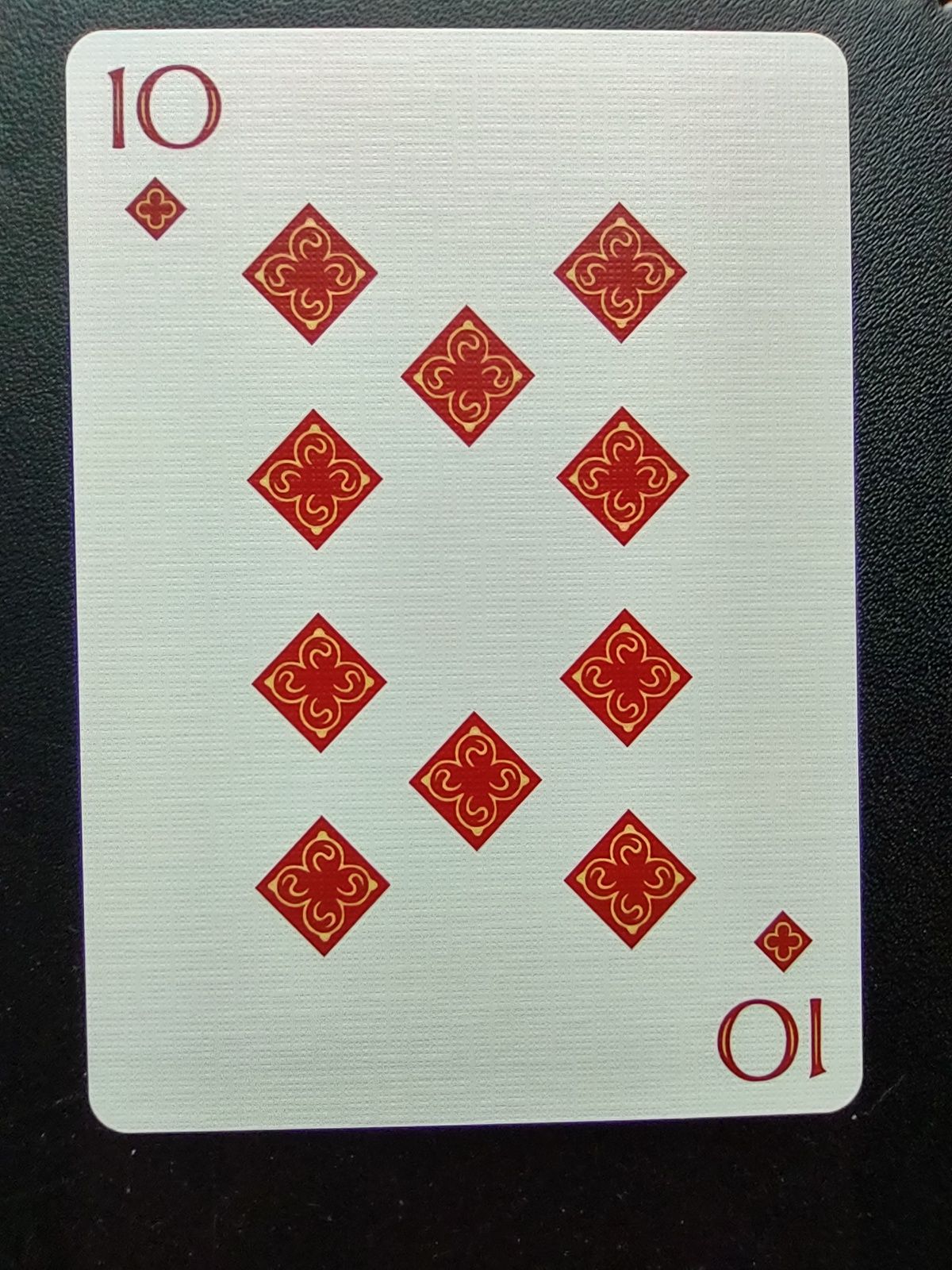
Click for a recap of the story so far...
Wendy just had her heart broken (4♥) by a guy who dumped her (4♠) the very moment she hoped (Q♣) he might propose (10♠). Her friends are supportive, but glad this is behind her (6♦). She's going to be okay no matter what (7♣), because of her incredible inner reserves (Q♣), but there's going to be a lucrative distraction offered soon (Q♦) by someone she'd like to be friends with (6♥).
Whatever this opportunity is, Wendy should definitely take it. There's a real chance to both make money and move completely past her hurt feelings. This is a way to start a whole new chapter in her life, and she should be on the lookout for it. Thanks for playing along with all the readings this month. We'll start something new for spring tomorrow!
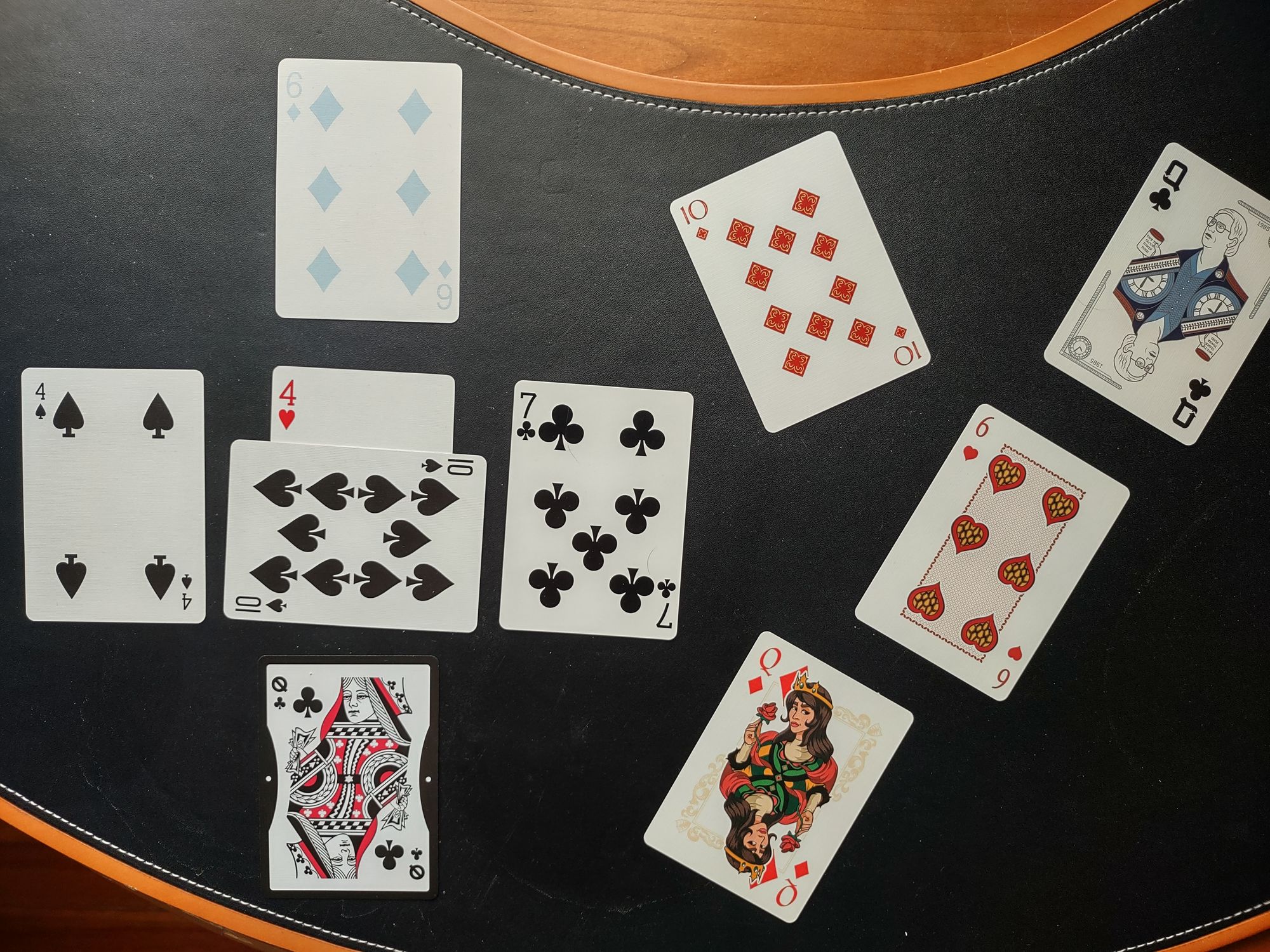
Something fun: Planting trees with a Pottiputki (2min)
While the dibble hasn't really changed design in millennia, there was a big step forward about 50 years ago specifically for trees. The Pottiputki is a standing-height dibble with a hollow shaft. You step it in to create the hole, just like any other dibble, then drop your sapling into the shaft, lift the Pottiputki out, and boom, you've planted a tree. Here's a cute demonstration in Finnish:
